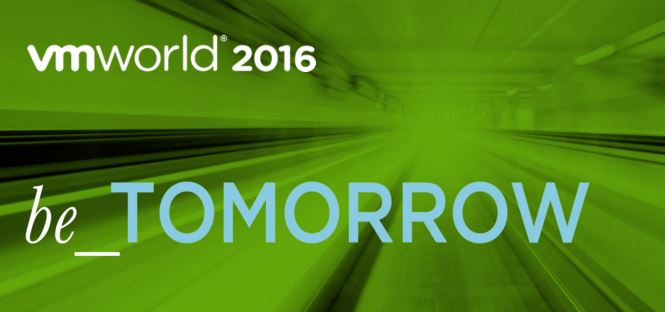
At the keynote today Pat Gelsinger emphasized how IT is transforming to cloud adoption. How traditional business is changing to a digital business model if it hasn’t already transformed to a digital business model only. In any case together we will face forward and drive the digital business forward as well . At the moment about 20% of the current businesses are leading the digital transformation while about 80% of businesses are lagging. Where leaders write the rules, laggers tend to still try to optimize the process.
What is happening today is that we are grooming the industrial business age into a digital business for everyone.
Cloud has come a long way. In 2006 AWS was launched and cloud computing was off to a start. In 2011 the cloud was taking a meager 13 % compared to 87% of traditional IT. So where are we today? We have about 12 % in private cloud and 15 % in public cloud. The estimate from VMware is that the hybrid-cloud will consume about 50% of the 2021, and public cloud consumption compared to traditional IT will consume 50% around 2030.
At the same time we have seen a big change in the amount of devices connected to the internet. About 2.9 billion in 2006 to 8.2 billion in 2016 and a projected number of 18 billion connected devices in 2021!
It is obvious that IT is not decreasing quite the contrary actually, IT is expanding. The availability and improvement of new technology keep making technology generally better available. Users want more freedom, have more devices connected to the internet and IT has to provide these requests but also responsible for the security. So how can we achieve this?
Let’s talk a bit about Hybrid Cloud. What is the power of the hybrid cloud and of the software defined data center?We must address the next industry challenge.
VMware believes that their cross cloud architecture which has been introduced today will give us cloud freedom and cloud control. VMware cloud foundation will bring us life cycle management and automation of services which will it make easy for you to run your private, hybrid and public cloud environment.
Where at VMworld La Vegas the partnership with IBM the leader in private cloud was introduced today Pat Gelsinger introduced to us the partnership with AWS, the leader in public cloud. According to Mike Clayville the current Vice President for AWS who came on stage, everyone is excited about this new partnership where the VMware platform will be extended into the AWS public cloud. Possible usecases would be vustomers who want to extend their data centers into the cloud or to decrease/avoid capital expenses or to service workloads which might actually benefit of bursting into the cloud.
In the global session a presentation was made about how easy it is to create the new VMware SDDC model called Cloud Foundation (making use of VSAN, vSphere and NSX) on AWS. Customers will be directed to a web application where they can select where to create the datacenter in which availability zone in AWS (where AWS has a datacenter), select the amount of hosts and resources, click next and basically you are done.
If you wonder where in the AWS cloud workloads for Cloud Foundation will run, they will run on purposely built bare metal hardware in the AWS cloud, not run in a nested environment and VMware will manage it for you.
The connection between an your on premise data center and your AWS extension of your data center will be connected to each other using AWS Direct Connect and NSX. This will allow you to seamlessly link any on premise data center to a AWS data center of your choice. This will also allow customers to move workloads between on-prem data centers and their SDDC on AWS. Customers will be able to clone a workload from on premise to cloud or the other way around. You stop the original workload and spin up the copied workload in the new location.
You can expect the SDDC on AWS availability around mid July 2017! Get in the starting blocks! The race with MS AzureStack is on!
The second keynote was presented by Guido Appenzeller who talked about how cloud is changing the current IT model and introduced the Cross-Cloud Architecture
Already a lot of customers are using the cloud native they run workloads directly on the cloud and are not using vSphere. Does this mean that the IT department is about to be buried? No, the IT department as we know it is transforming from a segregated model where teams are divided by roles (networking, storage , servers…) into a team which will take care of all the changes in the cloud and will combine roles.
So what is up with the Cross-Cloud Architecture? The Cross-Cloud Architecture truly is a cross cloud spanning all major vendors such as Amazon, Azure, google, IBM. But of course some workloads will still need a local data center because of security, compliance and other reasons.
Guide showed us a demonstration how cross-cloud will work and how you will be able to encrypt data moving over the wire and between hosts using NSX.
Conclusion:
This morning’s general session really should make you hungry for what vSphere 6.5 and the Cross Cloud technology will bring to us. Also it is obvious that VMware really is challenging Microsoft AzureStack and next year we will find out where that will lead us to.
Kim

Leave a Reply